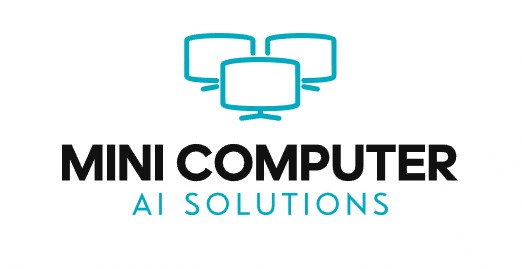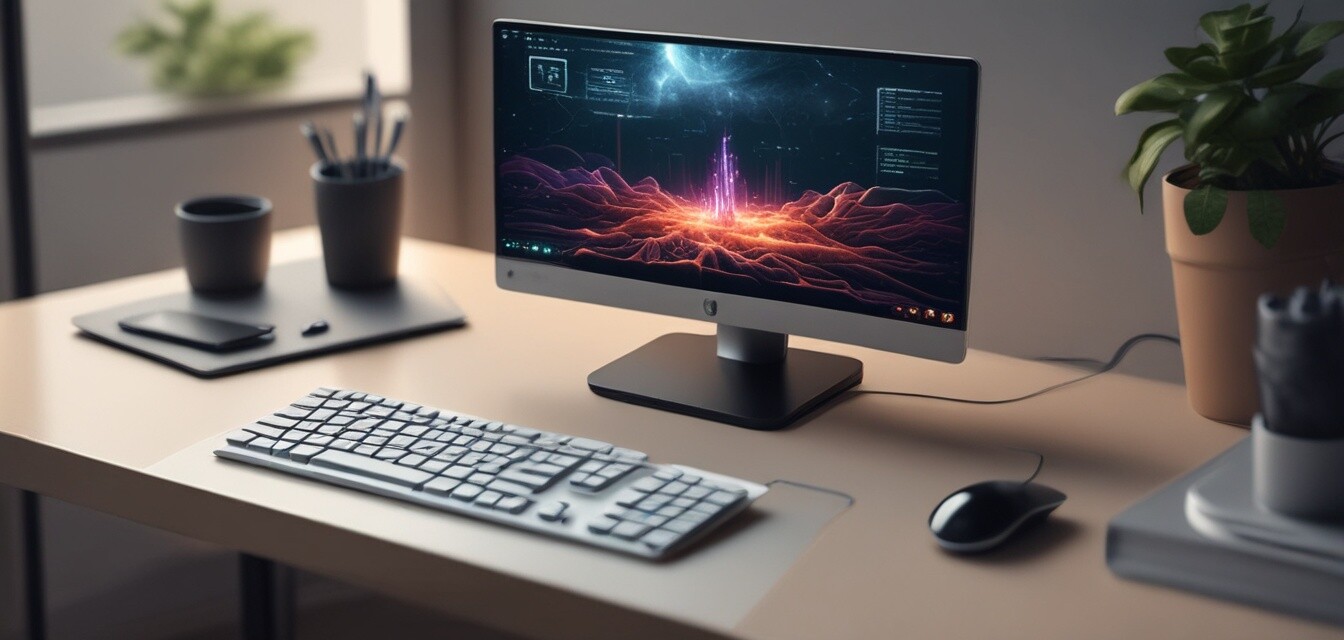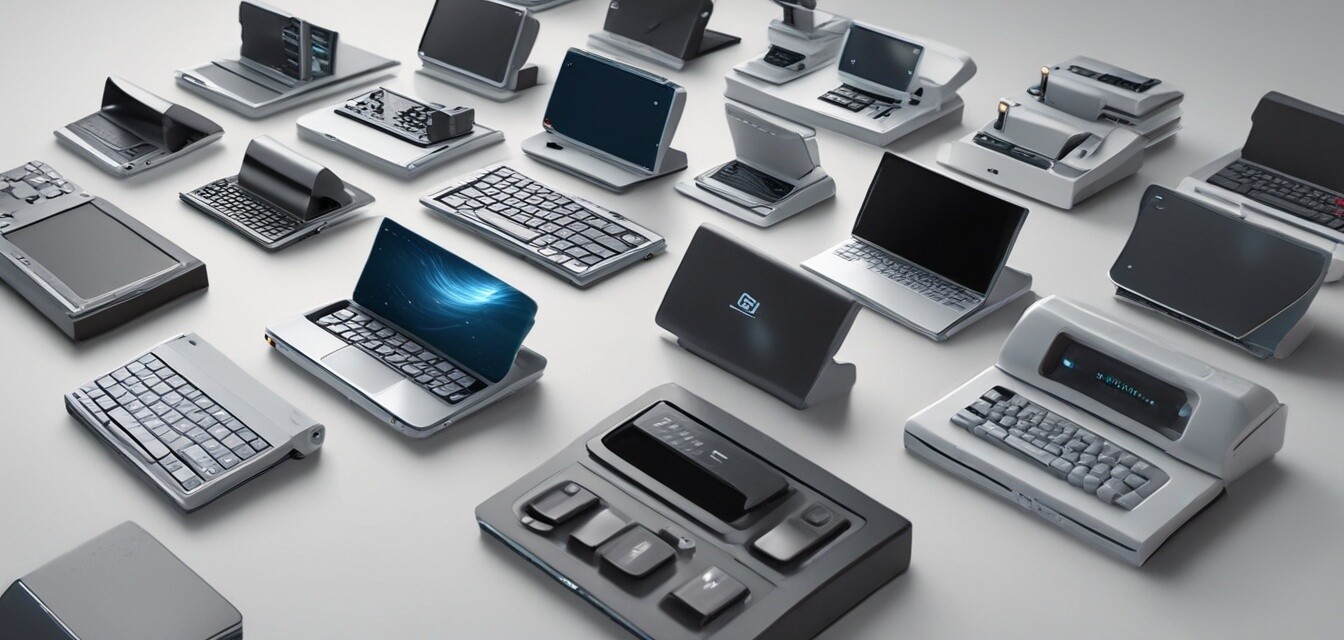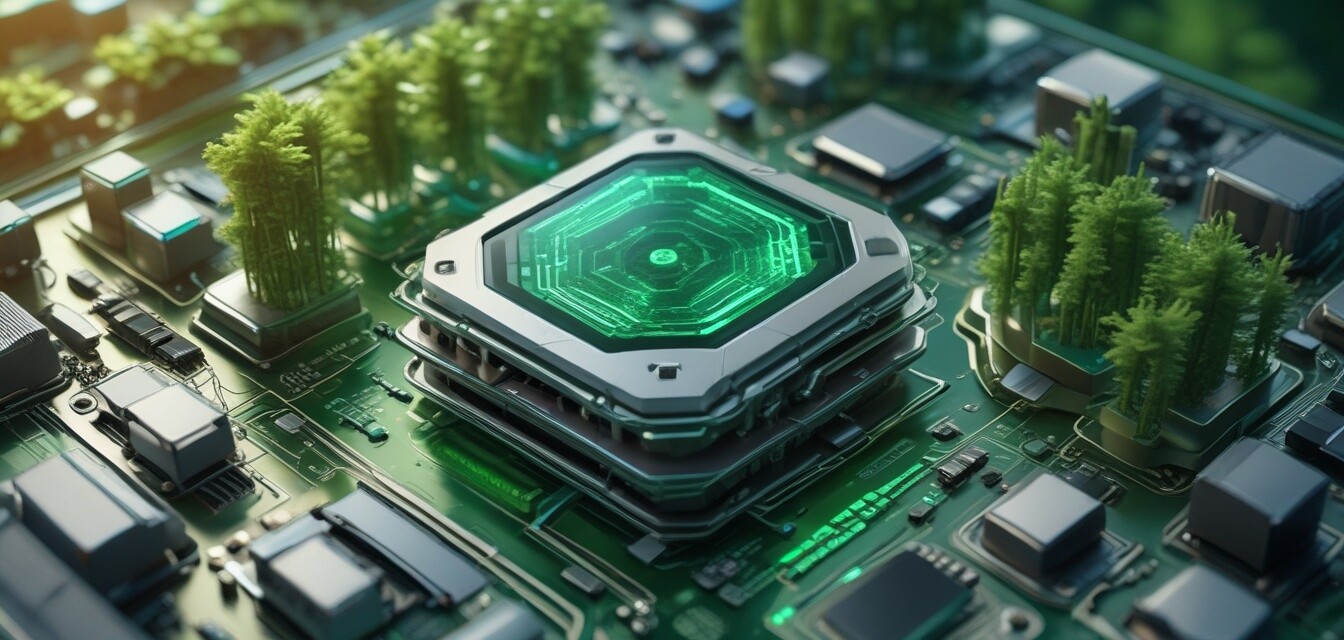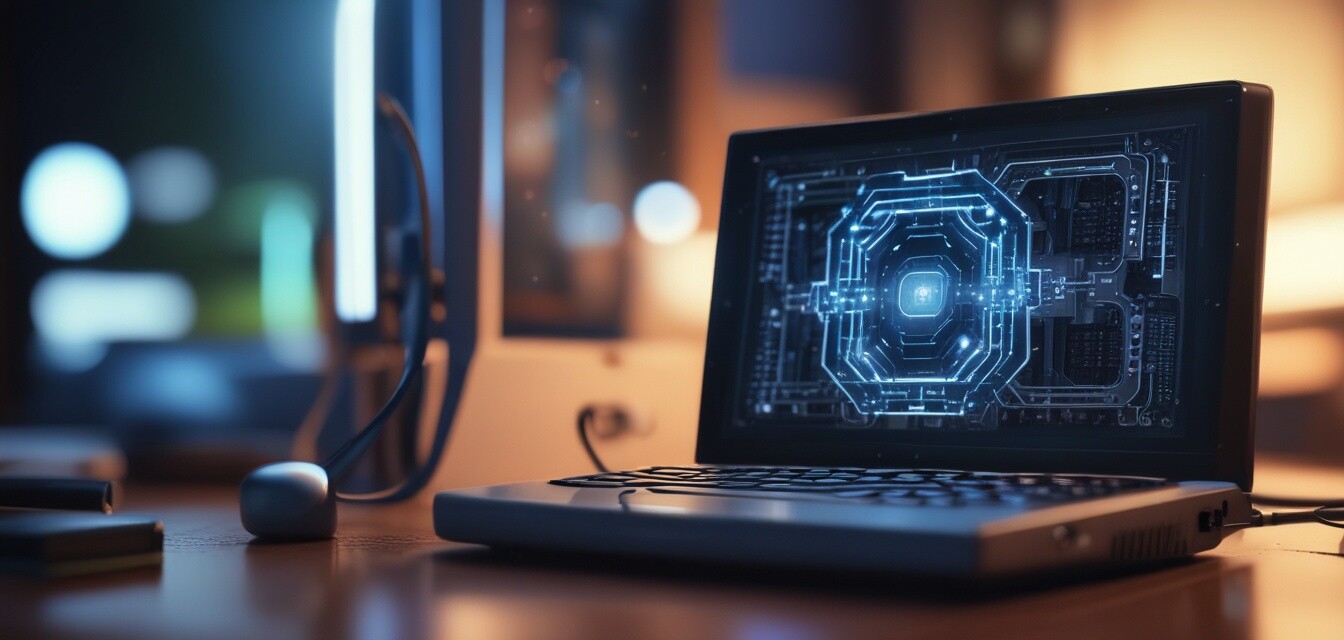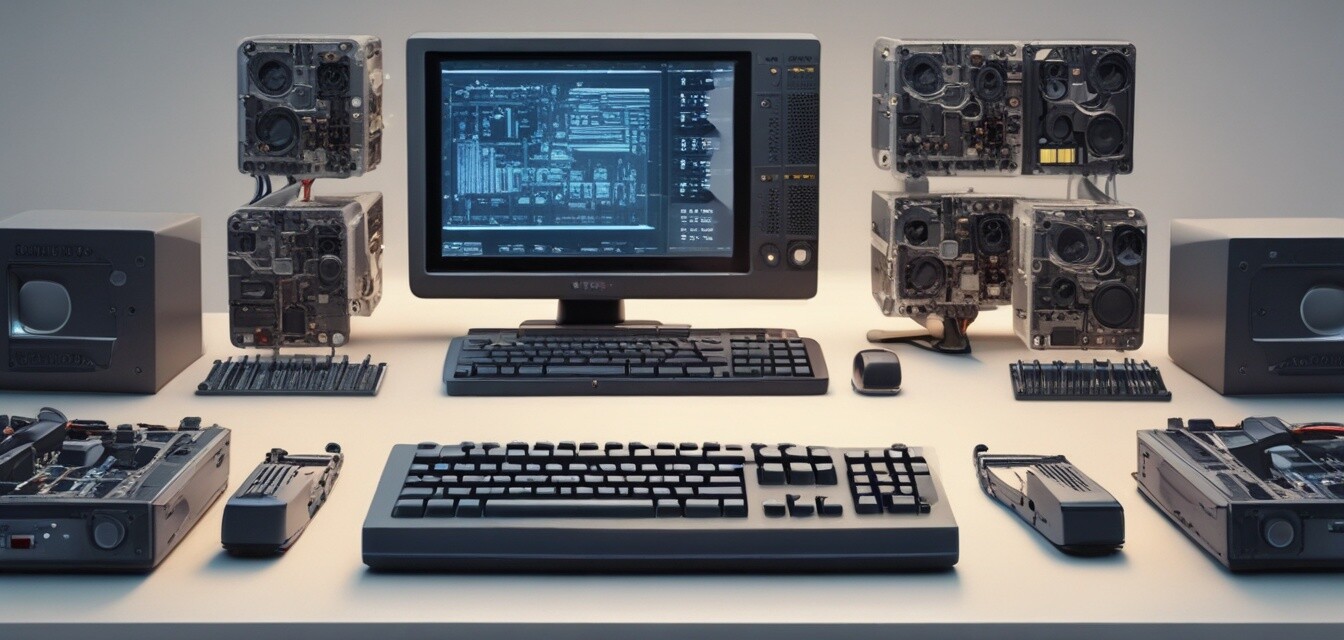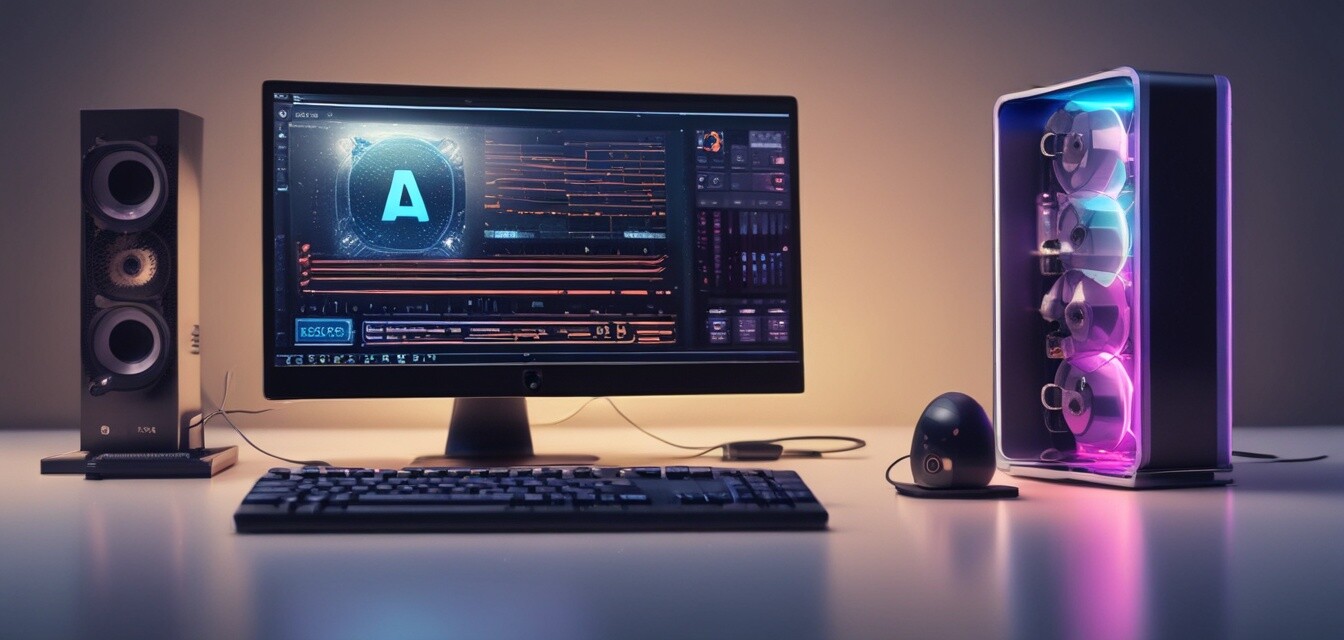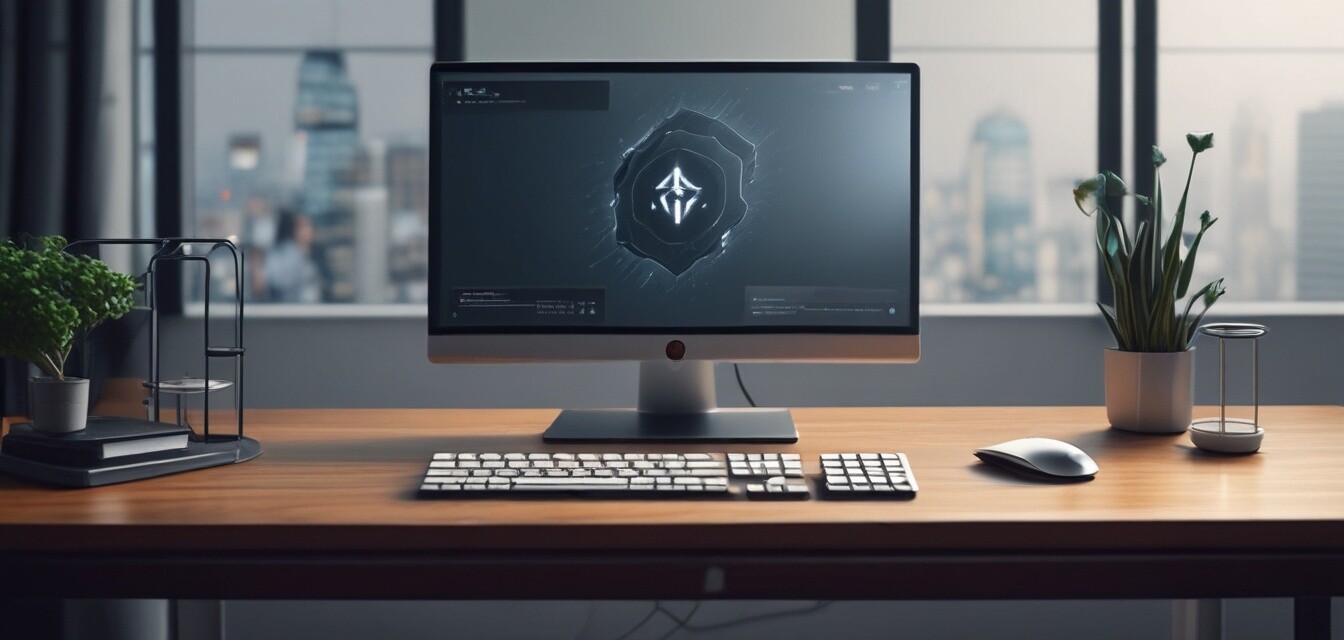
Maintenance and Troubleshooting for Mini AI Computers
Key Takeaways
- Regular maintenance enhances performance and longevity.
- Understanding common issues can save time and money.
- Utilizing troubleshooting techniques can quickly resolve problems.
- Keeping software updated is crucial for optimal performance.
- Ensure proper ventilation to prevent overheating.
Mini AI computers have revolutionized the way we interact with technology, providing powerful computing capabilities in a compact form. However, like any electronic device, they require regular maintenance and troubleshooting to ensure they operate at their best. In this guide, we will explore essential maintenance tips, common issues you might encounter, and effective troubleshooting techniques.
Regular Maintenance Tips
To keep your mini AI computer running smoothly, consider implementing the following maintenance tips:
- Keep software updated: Regularly check for updates for your operating system and installed applications.
- Clean the hardware: Dust and debris can accumulate in and around your mini AI computer, affecting performance.
- Monitor temperature: Ensure your device is adequately ventilated to prevent overheating.
- Check cables and connections: Inspect all cables and connections for wear and tear.
- Backup your data: Regularly back up important files to avoid data loss.
Hardware Cleaning Steps
Cleaning your mini AI computer is essential for its longevity. Here’s how you can do it:
- Turn off and unplug the device.
- Use a microfiber cloth to wipe down the exterior.
- For vents, use a can of compressed air to blow out dust.
- Open the case (if applicable) and gently clean internal components.
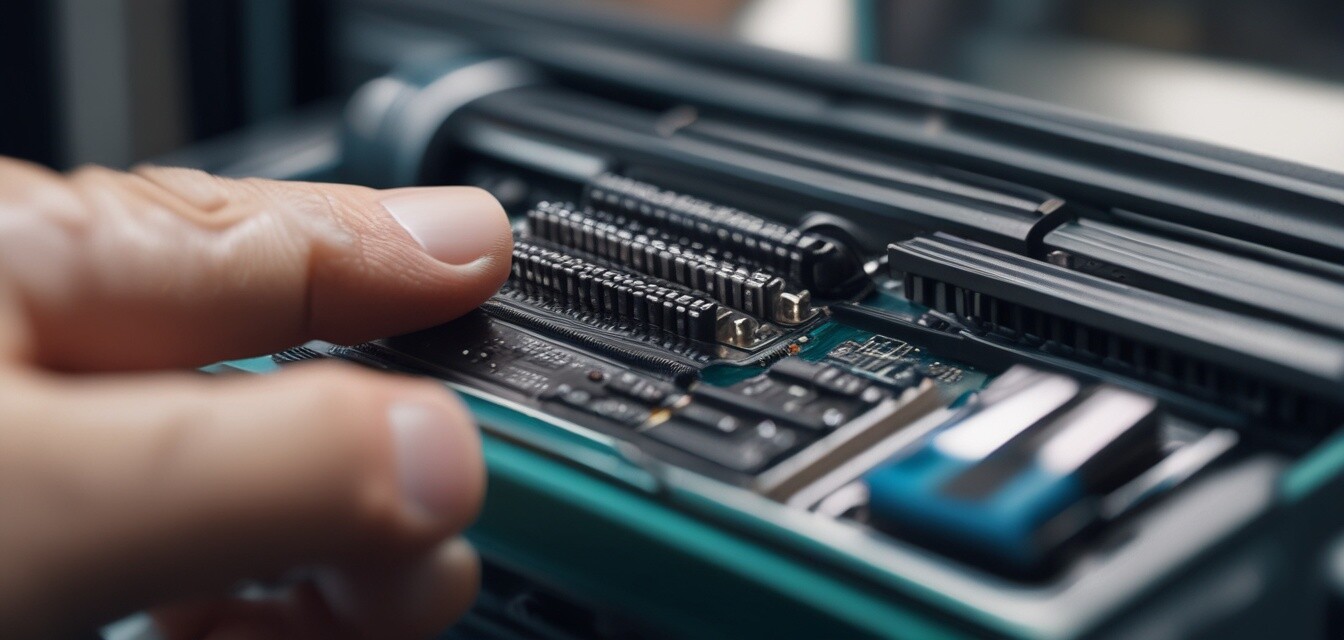
Common Issues and Solutions
Even with proper maintenance, issues may still arise. Here are some common problems and their solutions:
| Issue | Possible Cause | Solution |
|---|---|---|
| Computer won't start | Power supply issue | Check power connection and try a different outlet. |
| Overheating | Blocked vents | Clean vents and ensure proper airflow. |
| Slow performance | Too many background applications | Close unnecessary applications and check for malware. |
| Wi-Fi connectivity issues | Router problem | Restart your router and check signal strength. |
| Software crashes | Outdated software | Update the software and restart the computer. |
Troubleshooting Techniques
Troubleshooting can often resolve issues without professional help. Here are some effective techniques:
- Perform a hard reset: Disconnect power and hold down the power button for 10 seconds.
- Boot in safe mode: This can help identify if the issue is software-related.
- Run diagnostics: Many mini AI computers come with built-in diagnostics tools.
- Check for malware: Use reliable antivirus software to scan your system.
- Consult user manuals: Refer to the manufacturer’s documentation for specific troubleshooting steps.
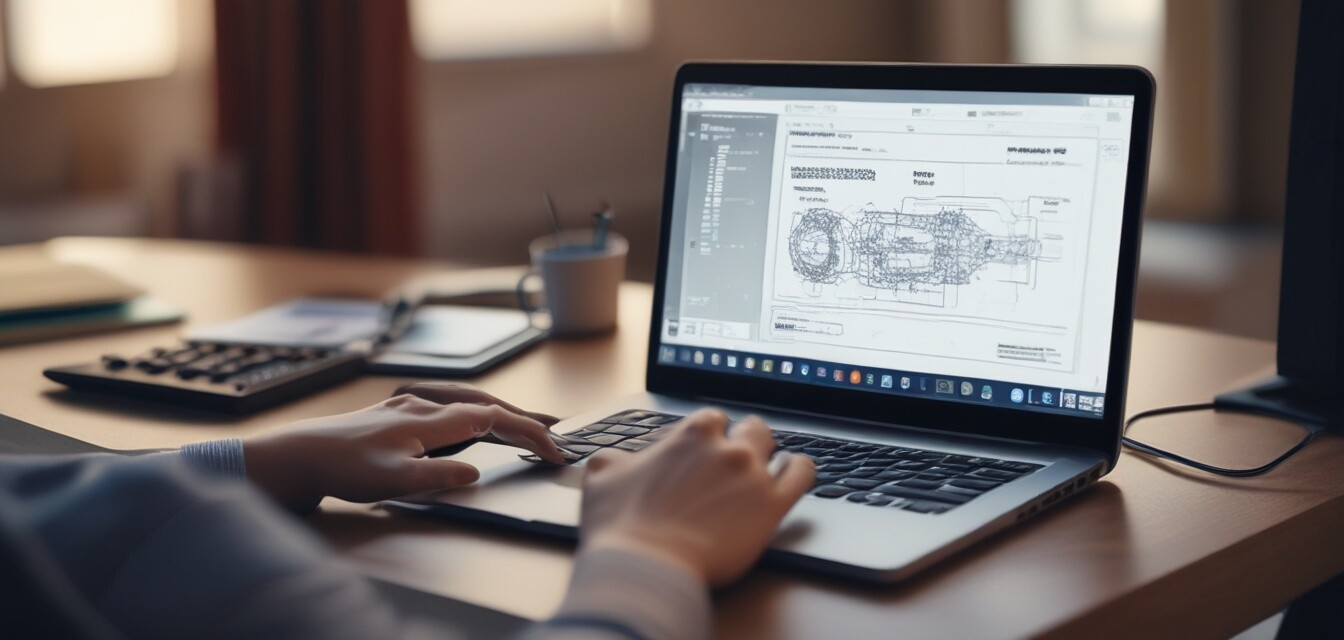
When to Seek Professional Help
While many issues can be resolved through maintenance and troubleshooting, some situations may require professional intervention:
- Hardware repairs, such as replacing damaged components.
- Persistent software issues that cannot be resolved with standard troubleshooting.
- Complex network problems affecting connectivity.
- Data recovery needs after a significant failure.
Resources for Mini AI Computer Enthusiasts
For more information about mini AI computers, check out these useful links:
- AI Graphics Accelerators
- AI-powered Notebooks
- Compact AI Servers
- Mini AI Desktops
- Portable Computing Gadgets
Pros
- Compact design suitable for various environments.
- Powerful performance for AI applications.
- Energy-efficient compared to traditional desktops.
- Easy to upgrade and maintain.
Cons
- Limited expansion options compared to full-size PCs.
- Some models may have overheating issues.
- May require specific knowledge for troubleshooting.
- Dependence on software updates for optimal performance.
Tips for Beginners
- Familiarize yourself with the specifications of your device.
- Explore online communities for tips and support.
- Invest in quality accessories to enhance your experience.
- Keep a maintenance schedule to ensure ongoing performance.
- Don’t hesitate to reach out for help when needed.
